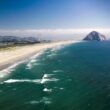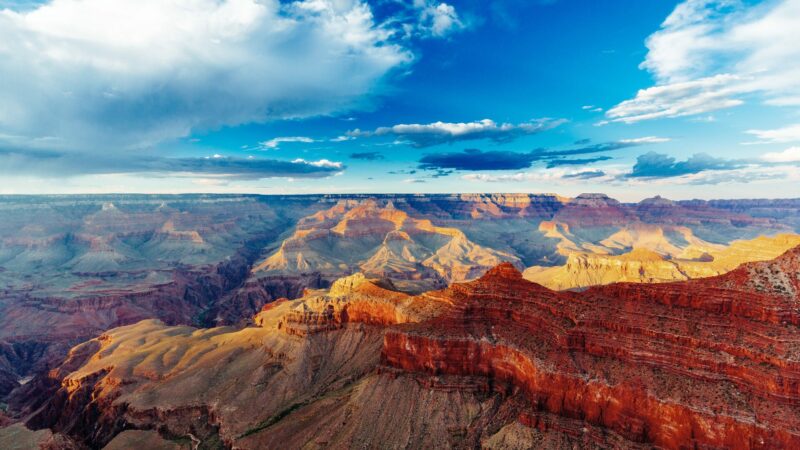Table of Contents Show
When you think of America’s national parks, you likely imagine Yellowstone, Yosemite, or the Grand Canyon. But did you know Grand Canyon National Park wasn’t one of the first federally protected areas?
It’s true! Twelve other places became national parks before this natural wonder received the designation. Today, we’ll share more about this awe-inspiring landscape and recommend a few things to do when you visit Arizona’s pride and joy. Let’s dive in!
Pro Tip: Looking for more family fun in Arizona? Check out these gold mines that you can still prospect!
Where Is Grand Canyon National Park?
Grand Canyon National Park sits in northwestern Arizona along the Colorado Plateau. This region is well-known for its canyons, spires, hoodoos, arches, and unique rock formations. But the Grand Canyon is the “granddaddy of them all.” Arizona’s state nickname is “The Grand Canyon State.”
When Did Grand Canyon National Park Become A National Park?
Although you might think Grand Canyon National Park was one of the country’s first preserved areas, it actually took many years for Congress to declare federal protection. Businessmen didn’t want to give up territory that could be profitable. Preventing investors, farmers, and miners from destroying the land was controversial. It sounds absurd today that one of the seven natural wonders of the world wasn’t immediately set aside as a national treasure.
In 1872, Yellowstone became the first national park in the U.S. It wasn’t until 1919 that President Woodrow Wilson signed legislation designating the Grand Canyon as the 13th national park. Earlier, in 1893, President Benjamin Harrison renamed it the Grand Canyon Forest Reserve, the first act of protection. Then, in 1908, after visiting the canyon five years before, President Theodore Roosevelt designated it a national monument. Finally, in 1919, the Grand Canyon received what it deserved in its national park status.
What’s So Special About Grand Canyon National Park?
This question sounds crazy when you think about it. What’s so special about Grand Canyon National Park? It measures 4,000 feet deep on average for 277 miles. Its deepest point is 6,000 feet, and its widest section is 18 miles. It’s home to five life zones, representing enormous biodiversity and protecting threatened and endangered animals like the California condor and Mexican spotted owl.
The Grand Canyon offers records of three of the four eras of geological time, a rich and diverse fossil record, and a vast array of geologic features and rock types. Scientists and researchers have found extensive and significant geological, paleontological, archeological, and biological resources at this natural wonder. The millions of years the Colorado River has spent eroding the canyon is truly mind-boggling.
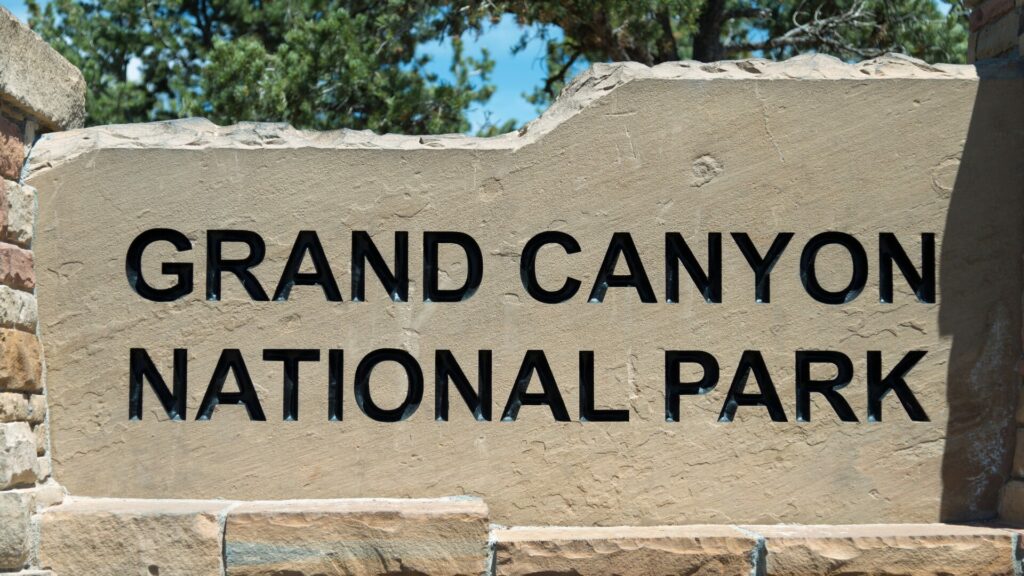
3 Most Popular Attractions In Grand Canyon National Park
Grand Canyon National Park protects over 1.2 million acres. But much of this land is wilderness and unreachable. When you visit, there aren’t as many activities as you might think in a national park of this size. Trails are limited because of the terrain. But here are three things you’ll definitely want to do when visiting northwestern Arizona.
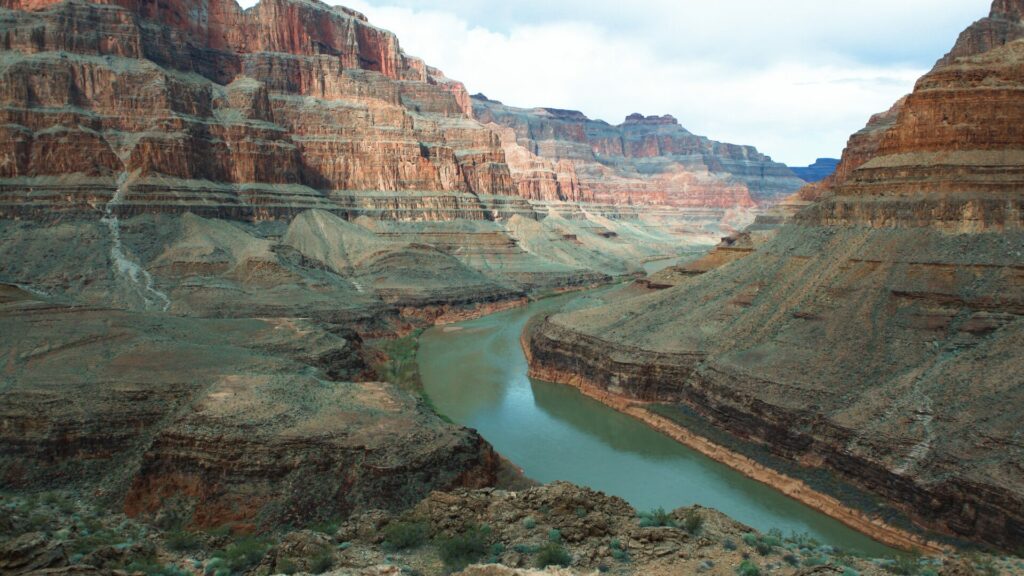
1. Walk the Rim Trail
The Rim Trail is accessible to all visitors. Part of the trail is paved with no steep grades. As you walk it, you can begin anywhere along the rim. The trail begins in the village area and goes all the way to Hermits Rest, offering spectacular views of the Grand Canyon. Shuttle buses can pick you up and return you to the parking lot if you don’t want to walk back.
2. Watch A Sunset
Sunrises and sunsets are stunning at Grand Canyon National Park. But if we had to choose one, we’d make sure to find a spot to watch the amazing colors of yellow, red, orange, and pink transform the landscape. The most popular and most crowded location is at Hopi Point. Other less crowded options are at Mojave Point and Pima Point. Again, shuttle buses can take you where you’d like to go if you don’t want to walk.
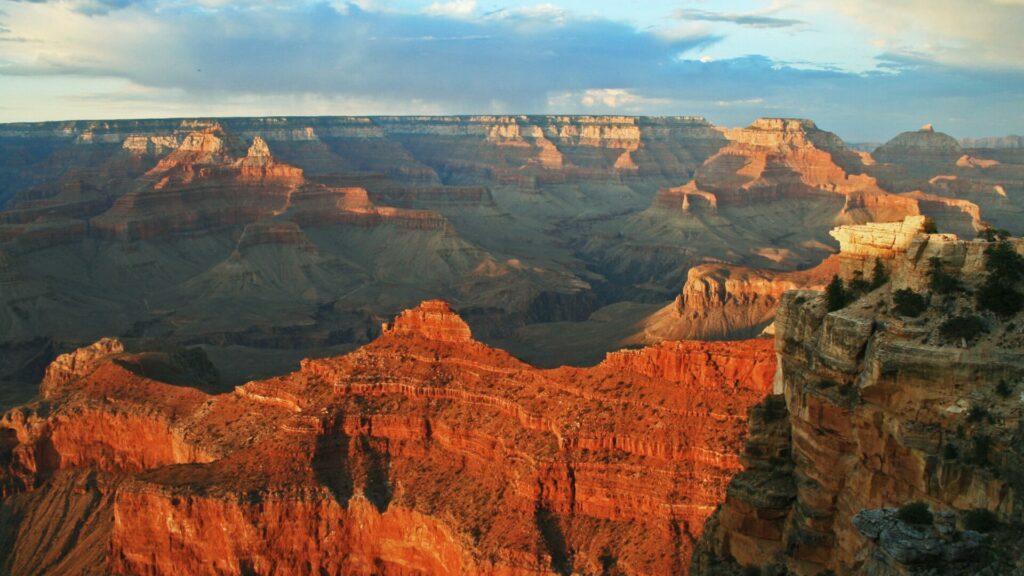
3. Hike the Bright Angel Trail
Many people come to the Grand Canyon to hike the Bright Angel Trail. This 12-mile roundtrip hike is steep and strenuous as it takes hikers into the canyon. There’s some shade along the way. Pay close attention to ice in early spring. Winter hiking can be extremely dangerous. The trail begins just west of Bright Angel Lodge at the South Rim. If you plan to hike the entire trail, you’ll need a backcountry permit to camp overnight in the canyon. This isn’t a trail you should attempt from top to bottom and back in a single day.
Pro Tip: Traveling through Arizona in your RV? Look at the best free camping in AZ for any size RV!
The geology and biodiversity of Grand Canyon National Park draws in millions of visitors. But don’t forget about the cultural history and significance. Visit the Desert View Watchtower for a cultural demonstration from one of the 11 traditionally associated tribes. Members interact with the public through traditional native practices and crafts. These demonstrations are free for visitors.
Best Places For Camping Near Grand Canyon National Park
Inside Grand Canyon National Park, RVers can stay at Mather Campground or Trailer Village RV Park. Dry camping is available for $18/night at Mather Campground, and full hookup sites are available at Trailer Village for $79-84/night. You cannot see the canyon from these campgrounds, but they’re the closest accommodations to the rim.
These two national park campgrounds are usually full if you don’t book far in advance. You can also check out Grand Canyon Railway RV Park in Williams. Prices vary but are all less than $70/night. You can book a ride aboard the Grand Canyon Railway to visit the canyon, too. It’s a great experience!
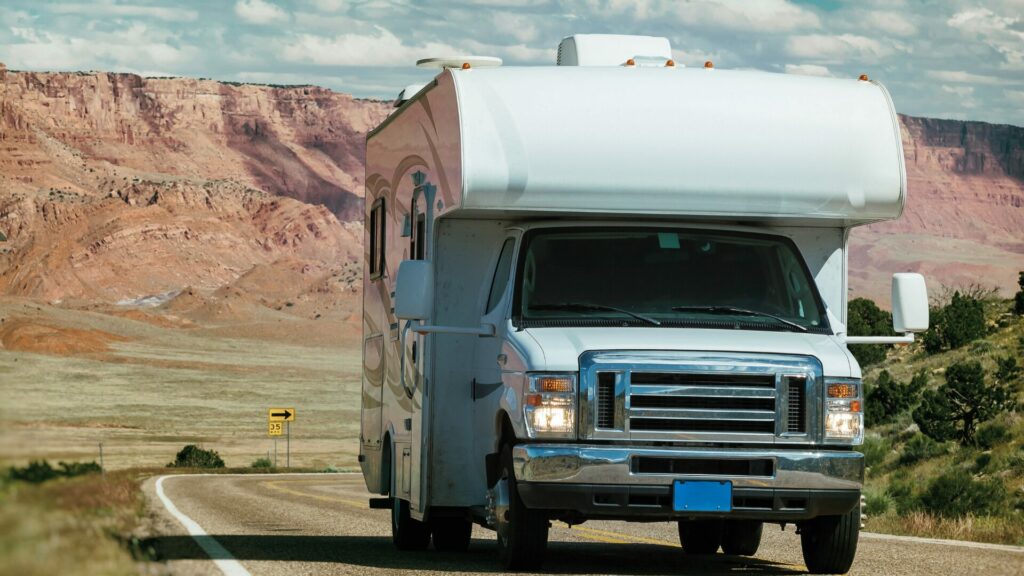
Is Visiting Grand Canyon National Park Worth It?
Grand Canyon National Park is home to one of the seven wonders of the world. You won’t find the hiking, biking, or horseback riding trails like at Zion or Rocky Mountain. But you will find plenty of places of solitude even in the midst of crowds. There are so many places where you can sit along the rim and just rest in the presence of the canyon’s majesty. Even though over 4.7 million people came to the Grand Canyon in 2022, it’s still a place of serenity and beauty.
If you’ve never been to Grand Canyon National Park, it’s time to put it on your bucket list. What will you do when you visit?

